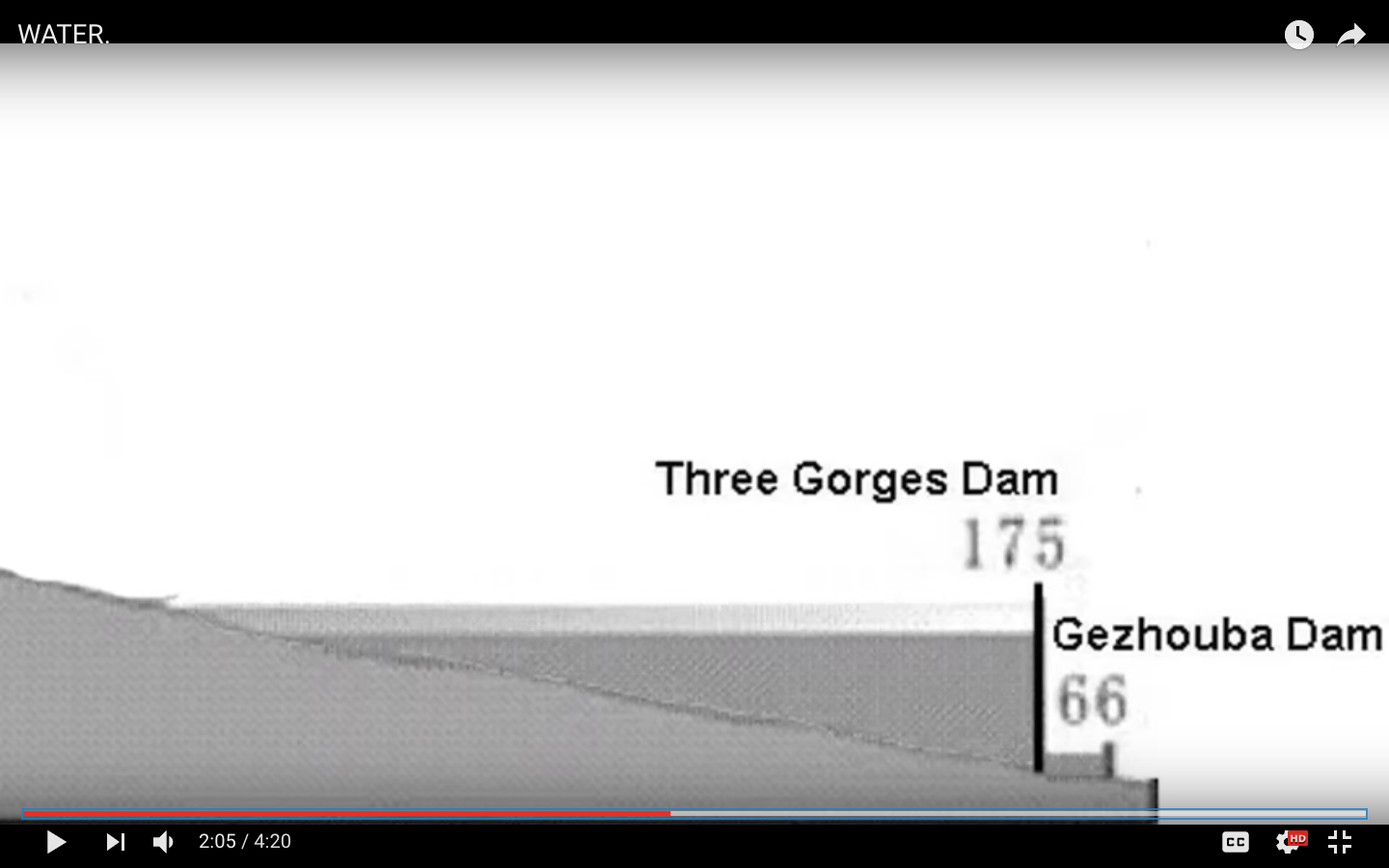I'm a big fan of Vsauce and the video How Earth Moves is just one example of science related to the Earth available there (there's plenty more).
But the statement in this video starting at 01:39 strikes me as a little surprising.
You know how a figure skater, spinning in place, can slow down their (rotational) speed by extending their arms out; by moving some of their body mass away from the middle of their body? Well the same thing can happen to Earth.
The Three Gorges Dam did exactly what a figure skater does when they move their arms away from their center. It transferred thirty nine trillion kilograms of water one hundred and seventy five meters above sea level.
NASA calculated that that massive amount of water moved, caused Earth’s rotation to slow down, so that every day of your life since that dam was finished, has been longer by 0.06 microseconds. (emphasis added)
If I calculated correctly, that would be a "slip" of about 1 centimeter per year at the equator.
There are many causes of change to the Earth's distribution of mass, it's moment of inertia, and therefore the length of a day. Tidal forces from the Moon can contribute substantially to changes in Earth's rotation as well, and there could be short term geological effects as well.
Is this roughly 0.06 microsecond/day shift well below the "noise" level, where in this case I'm using "noise" to refer to effects that are smaller than the error that can be modeled? So for example exchanges between sea ice and sea water can be measured and modeled to some level of accuracy, and the Moon's tidal effects can be measured and modeled to great precision, so even if the Three Gorges Dam effect turns out to be small compared to those, it could still be detected as long as its effect is larger than the error that those effects can be accurately calculated.
below: Screen shots from the Vsauce YouTube video Water.

